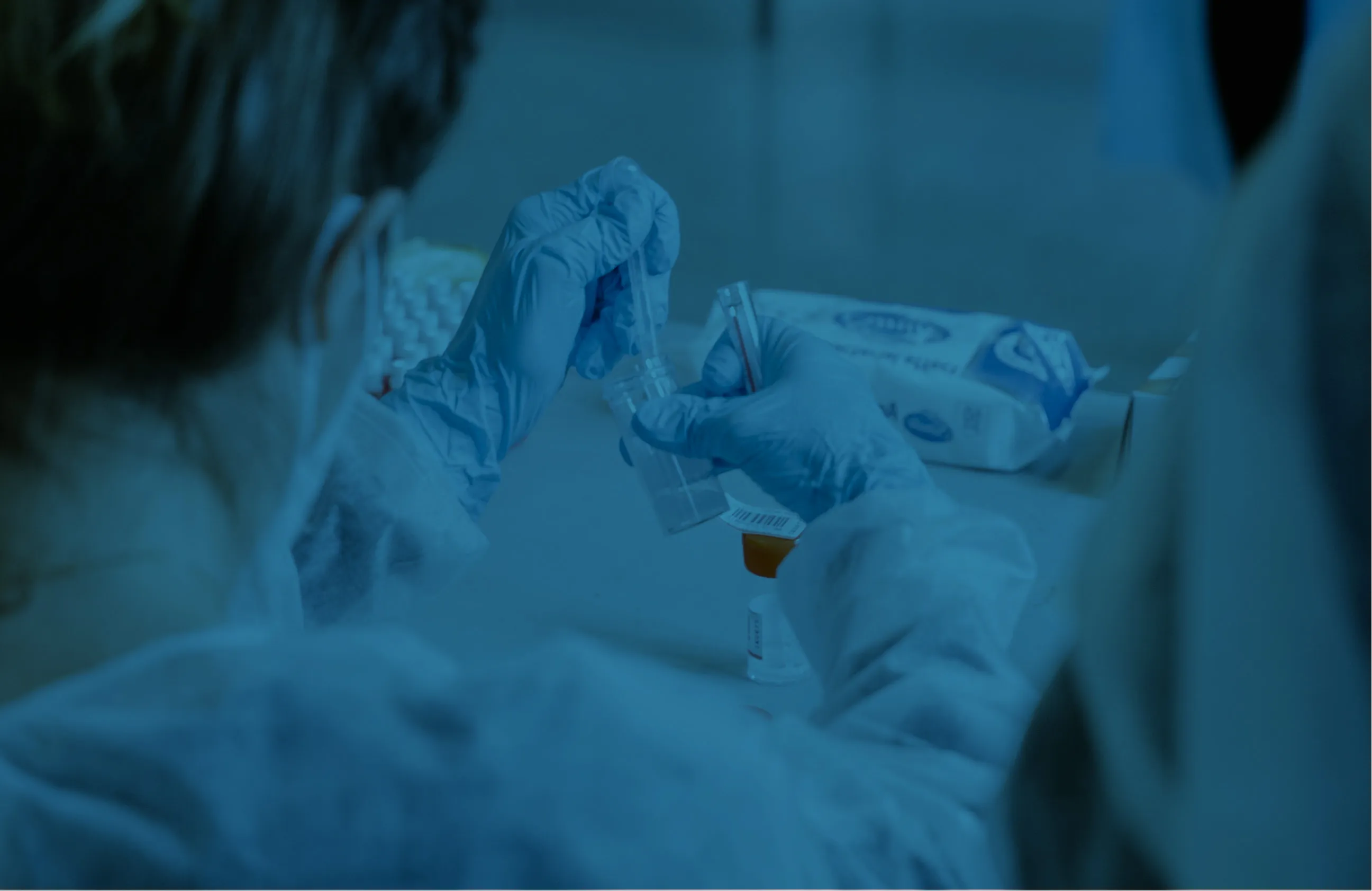
The Anti-Infective Innovator Blog
Exciting Independent Review Committee Recommendation Announced Today Based on Positive Interim PK Data from SPR994 ADAPT-PO Phase 3 Clinical Trial

Exciting Independent Review Committee Recommendation Announced Today Based on Positive Interim PK Data from SPR994 ADAPT-PO Phase 3 Clinical Trial
The Anti-Infective Innovator Blog
Posted on
October 3, 2019
Written by Spero Therapeutics,
David Melnick, MD
Today we announced that an independent review committee evaluated pharmacokinetic data following enrollment of the first 70 patients in Spero’s ongoing ADAPT-PO pivotal Phase 3 clinical trial of SPR994, Spero’s oral carbapenem product candidate, and recommended that Spero continue the trial using the protocol-defined dose without modification. SPR994 is our oral carbapenem being developed to help patients with serious urinary tract infections go home and stay home from the hospital. We expect final top-line data from our Phase 3 clinical trial for the treatment of complicated urinary tract infection (cUTI) in the third quarter of 2020.
Why is this important?
The bar has been set for serious infections to prove that an oral therapy is as potent as an intravenous (IV) therapy. Three recent studies published in key journals (NEJM: Study 1and Study 2; and JAMA: Study 3) highlight the need to demonstrate potency of an oral versus and IV agent. The significant clinical and economic benefits of using oral therapy has not been disputed, but the ability to demonstrate efficacy in these serious infections is the key criterion and, in our opinion, will dictate what oral therapy to use. Picking a dose is the most critical decision a company can make to try and deliver on this important and essential data point.The relationship between exposure in plasma and efficacy in treating infections like cUTI is well accepted. The independent review committee reviewed data from 33 patients who had been randomized to SPR994 in the Phase 3 trial.Such data demonstrate that exposures in patients are similar to those in normal volunteers. Data from healthy volunteers in our Phase 1 clinical trial of SPR994 allowed us to perform pharmacokinetic/pharmacodynamic modeling to select the correct dose for the ongoing Phase 3 clinical trial; these data demonstrated that orally administered SPR994 and IV-administered ertapenem show similar coverage for the most prevalent pathogens in cUTI (see Exhibit A below). Based on these data, the independent review committee recommended continuing the trial without any dose modifications.Exhibit A: Pharmacokinetic Model Utilizing SPR994 Phase 1 Data

What does clinical evidence of high drug exposure mean for likelihood of success?
The interim pharmacokinetic data from our ongoing Phase 3 clinical trial evaluated by the independent review committee increases our confidence that oral SPR994 at the selected treatment dose will demonstrate efficacy comparable to that of IV ertapenem in patients with cUTI and acute pyelonephritis (AP).Our team and advisors have written eloquently about the predictive power of drug concentrations in plasma to determine the likelihood of efficacious response. In a nutshell, across multiple drugs and multiple studies, predictions of drug efficacy based on exposure have reliably predicted a drug’s ability to drive clinical and microbiological response in patients. As an example of the predictive power of exposure, our colleague Paul Ambrose and his team conducted an analysis to look at the predictive power of PK/PD in dose selection versus approvals over several decades and found that the more likely a drug’s dose is predicted to meet or exceed the level needed to kill commonly encountered pathogens, the more likely it ultimately gets approved (see link here).The use of PK/PD to determine dosing has been well acknowledged by our collaborators and regulatory agencies alike. For example, the European Medicines Agency previously issued guidance to industry on the use of PK/PD in the development of antimicrobials, acknowledging that the use of PK/PD analyses to identify potentially efficacious dose regimens has reduced or even replaced the need for dose-finding studies, thereby providing a more rapid development path (see link here).We are excited about the potential of SPR994 to help a patient population estimated to exceed 2 million patients treat serious cUTI infections outside of the hospital setting. Today’s announcement enhances our confidence in a favorable outcome and we look forward to delivering the top-line Phase 3 results for patients in the third quarter of 2020.
David Melnick, M.D.
Chief Medical Officer of Spero Therapeutics
